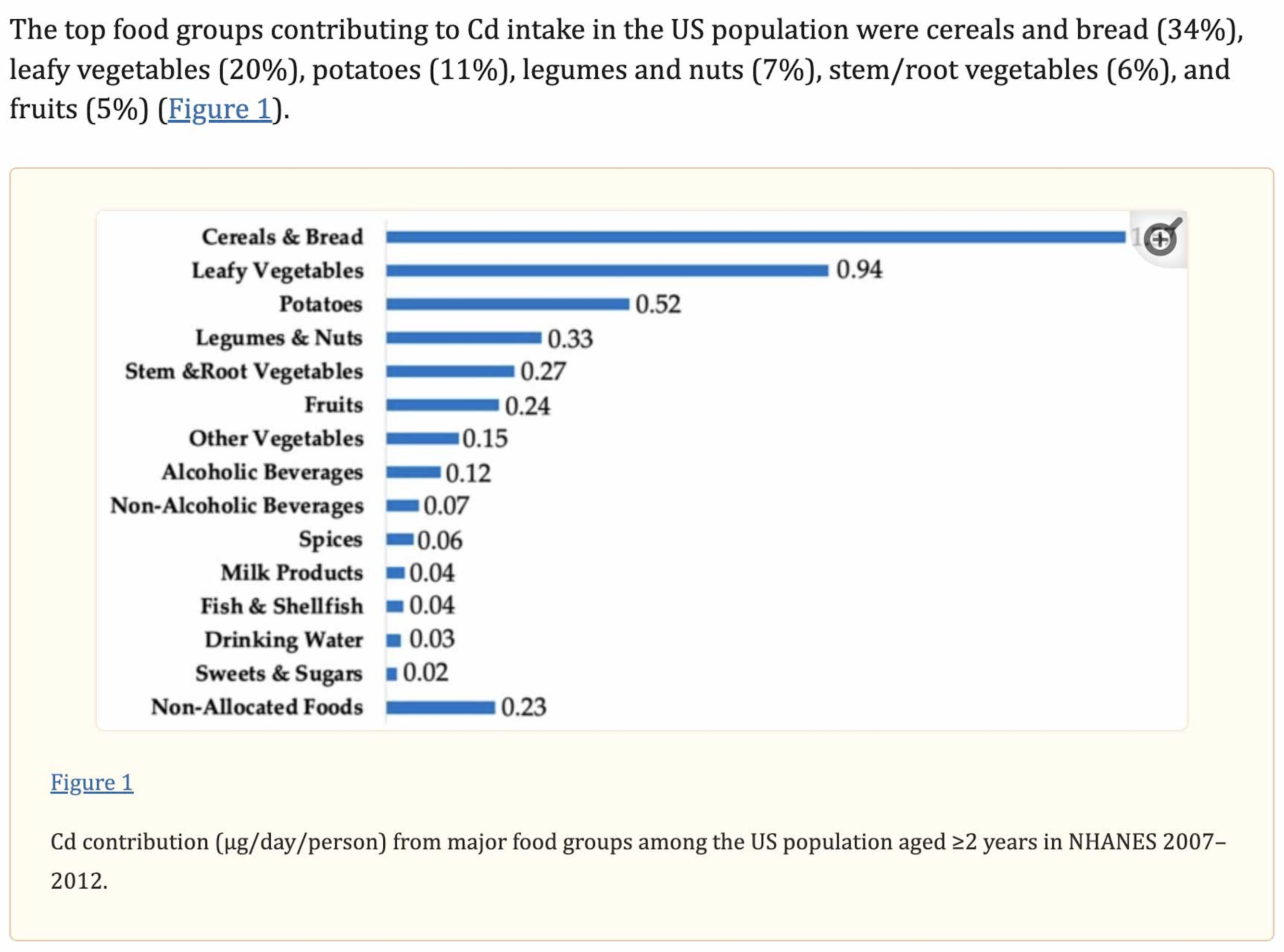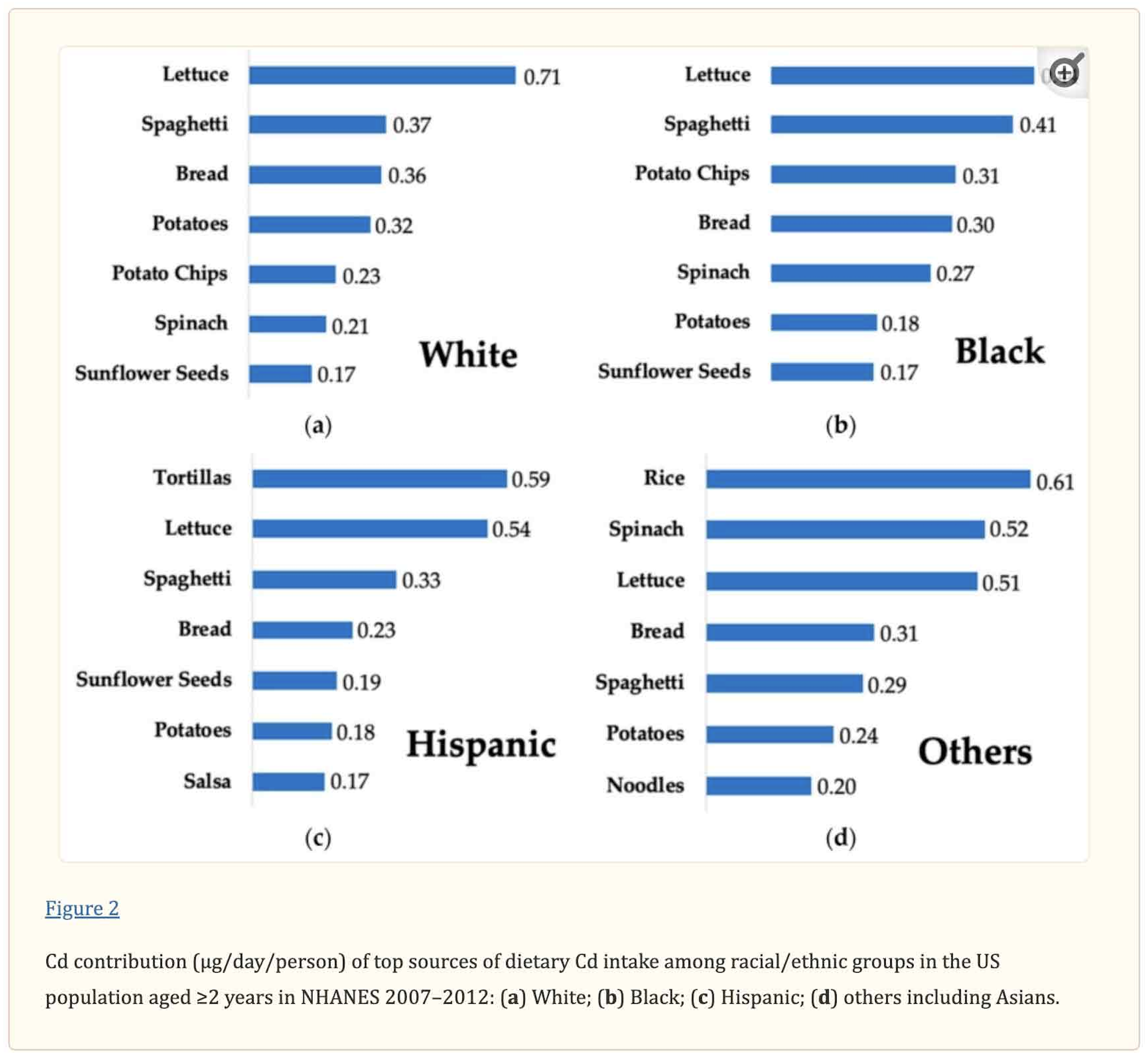Concerns About Chocolate and Heavy Metals
At Santa Barbara Chocolate, we are committed to producing high-quality chocolate and cocoa products with careful attention to safety, flavor, and responsible sourcing.
Naturally occurring elements such as cadmium and lead are present in all plants grown in healthy soil, including cocoa. These trace metals are natural constituents of the Earth’s crust and have been part of agriculture since its beginning.
Because of this, all natural agricultural products worldwide, including vegetables, fruits, nuts, seeds, coffee, and wine — contain trace amounts of heavy metals. Cocoa is no exception.
Why Heavy Metals Are Present in Cocoa
Trace amounts of lead and cadmium can be found in all cocoa beans. While cacao trees do not require these metals for growth, small amounts are naturally absorbed from the soil.
Cacao trees are also known for taking up beneficial minerals such as magnesium, copper, and iron — one reason cocoa has long been regarded as a nutrient-rich food.
Testing and Regulatory Context
Santa Barbara Chocolate tests its couverture chocolate and cocoa powders through accredited, independent laboratories, including ISO-17025 certified facilities.
Testing programs are designed to monitor naturally occurring heavy metals and to evaluate results within applicable regulatory frameworks, including:
-
U.S. federal food-safety requirements
-
California Proposition 65 settlement reference frameworks for chocolate and cocoa
-
European Union food-safety standards
Testing is performed on production lots, which is standard practice across the food and ingredient industries.
California Proposition 65 Reference Thresholds (Finished Products)
For consumer awareness, California’s current Proposition 65 settlement reference thresholds for finished chocolate products sold to consumers:
| % Cacao | Lead (ppm) | Cadmium (ppm) |
|---|---|---|
| < 65% | 0.065 | 0.320 |
| 65–95% | 0.100 | 0.400 |
| > 95% | 0.200 | 0.800 |
These values are provided for general informational purposes only and represent industry settlement reference frameworks — not specific Santa Barbara Chocolate test results.
These thresholds apply to finished consumer chocolate products. Cocoa powder used as an ingredient may test differently depending on formulation, serving size, and total dietary exposure.
Important Context
Trace metals cannot be completely eliminated from cocoa or other natural foods. Levels may vary from batch to batch due to soil composition, climate, and agricultural conditions.
Independent laboratory testing may also produce slightly different results based on methodology, equipment, or sampling techniques. For this reason, comparisons across third-party reports or isolated data points should be interpreted with care.
Santa Barbara Chocolate monitors results through ongoing independent testing and reviews findings against applicable U.S. and international food-safety frameworks.
Our Approach
Our mission is to balance safety, flavor, and natural nutrient value.
We work closely with our suppliers to:
-
Select cacao origins with naturally lower heavy-metal uptake
-
Avoid fillers or shortcuts that dilute nutritional quality
-
Prioritize high flavanol and polyphenol content while maintaining compliance with recognized food-safety standards
Every production lot of Santa Barbara Chocolate is reviewed through accredited laboratory testing as part of our quality-monitoring and compliance review process.
Disclaimer
Trace levels of naturally occurring heavy metals are present in all agricultural products, including cocoa.
Santa Barbara Chocolate monitors and tests its products to ensure alignment with recognized food-safety and regulatory frameworks. Regulatory reference values reflect established guidance for finished products and do not constitute ingredient-level guarantees.
This information is provided for educational and transparency purposes only and does not constitute medical or legal advice.



